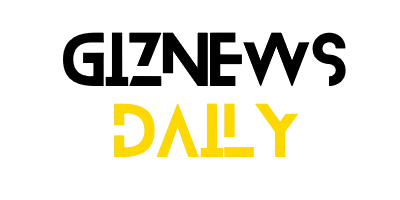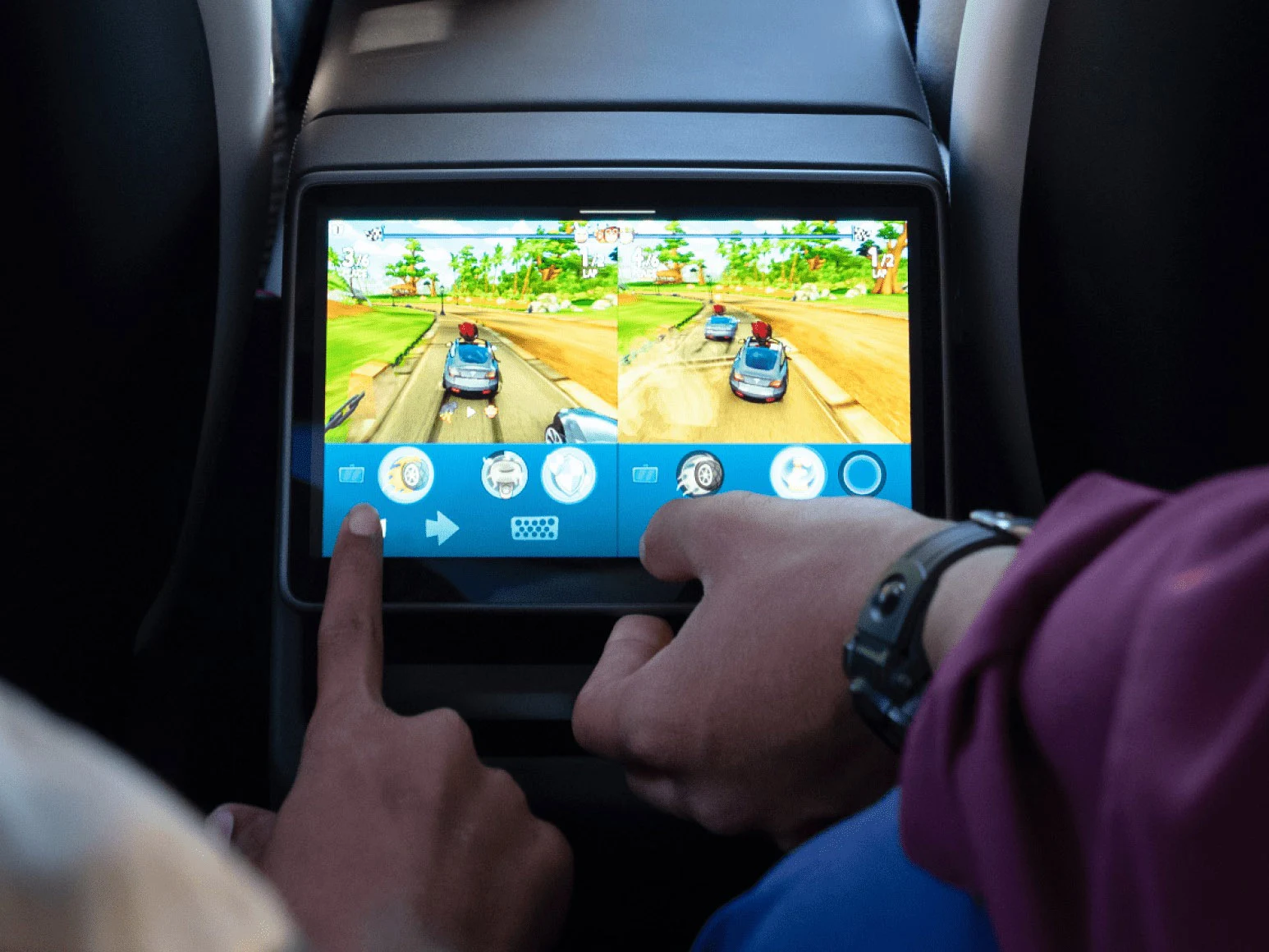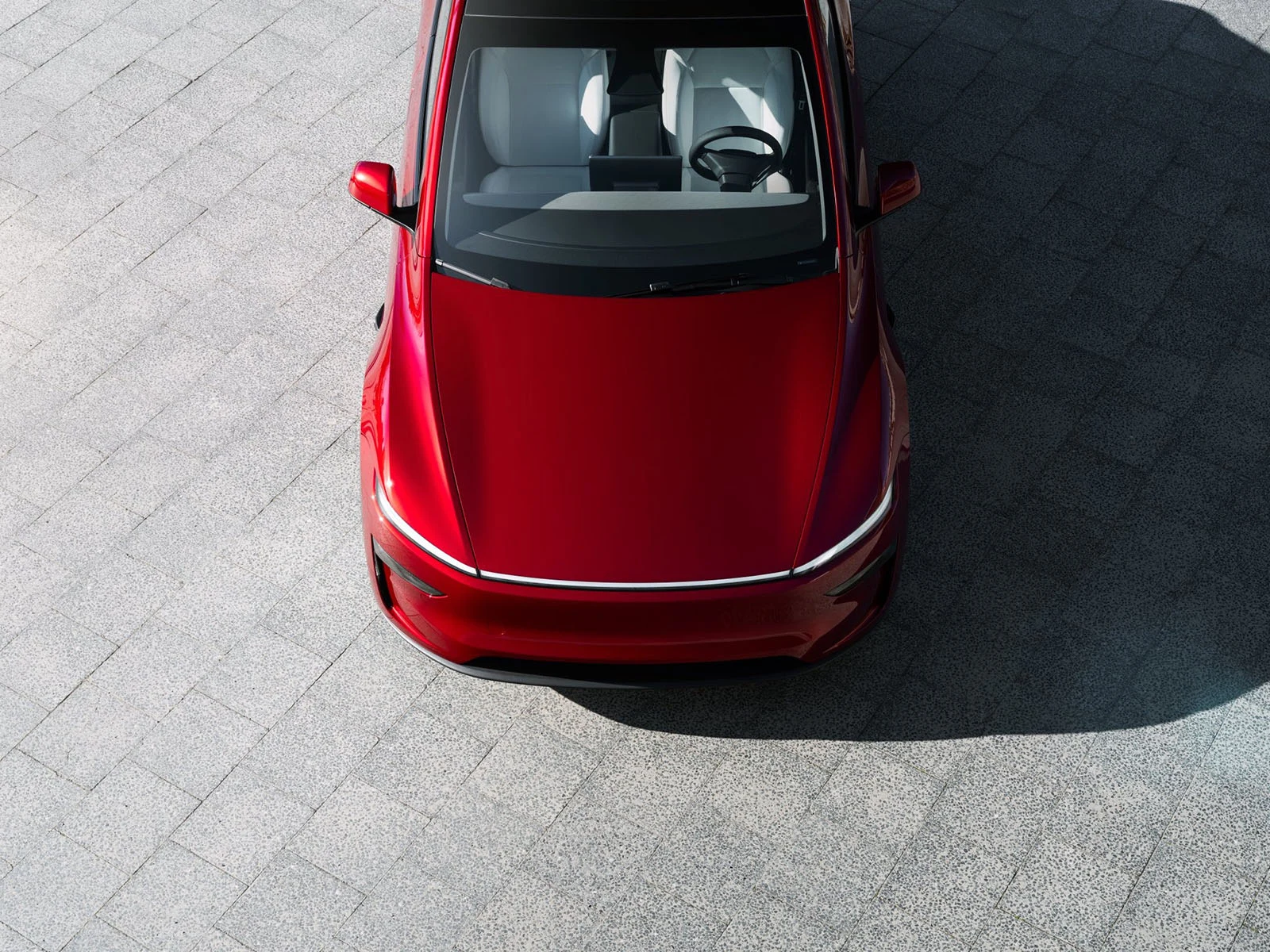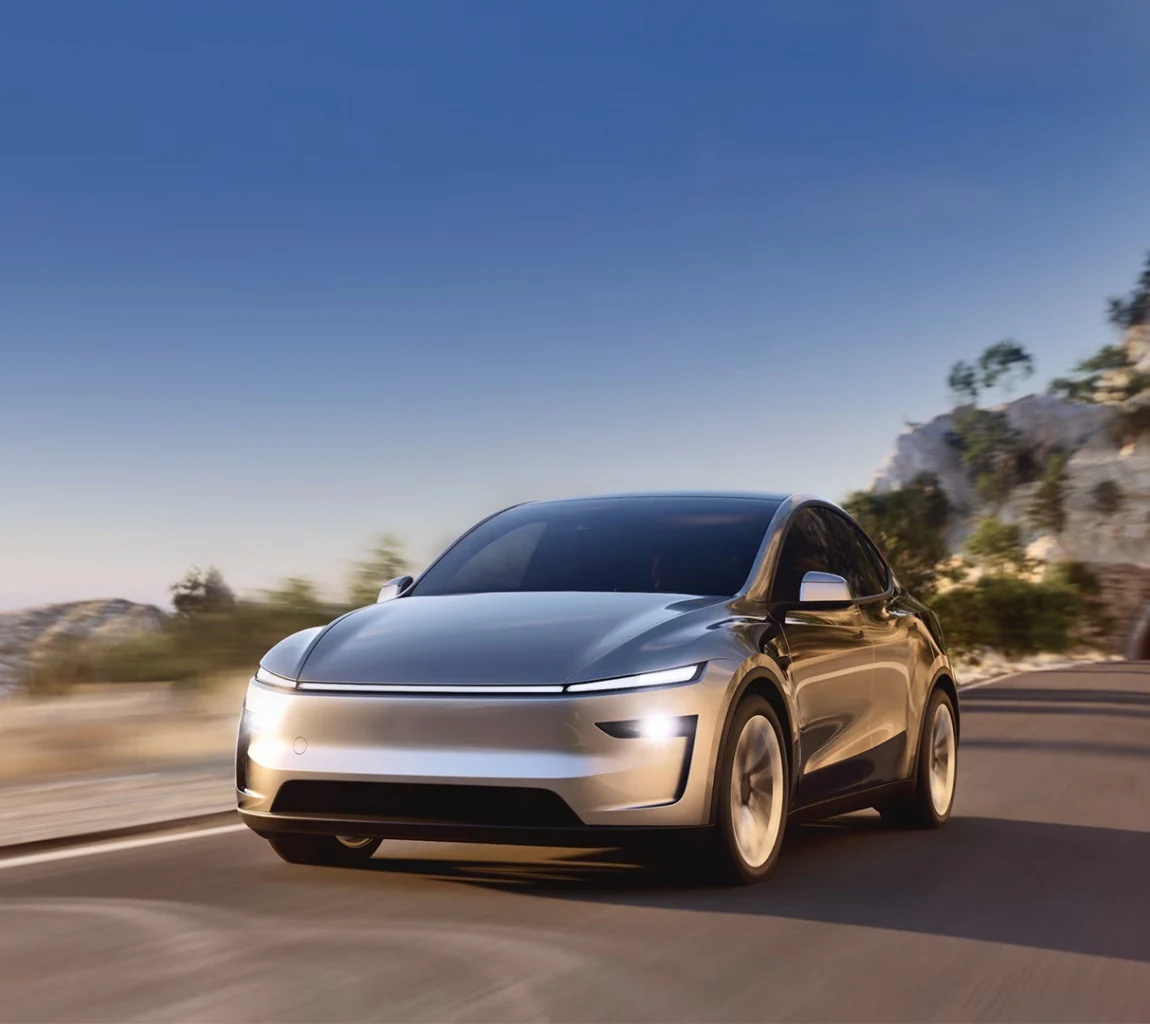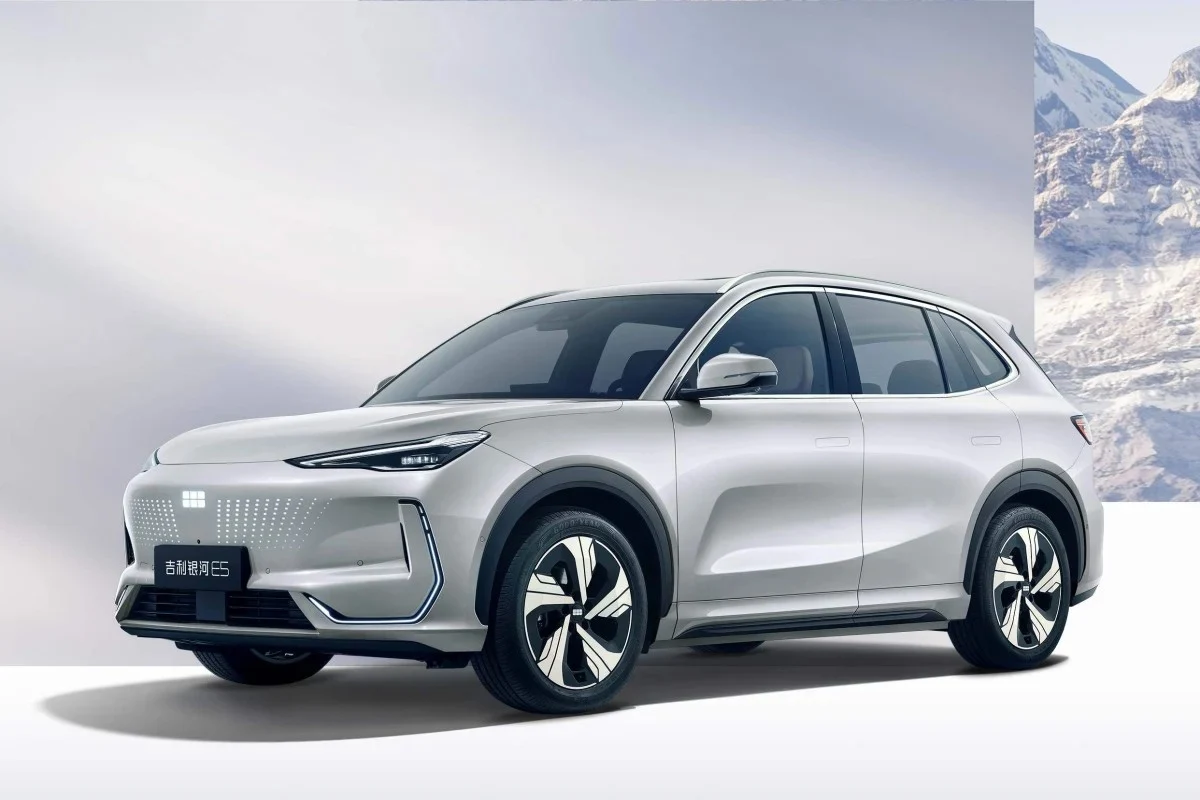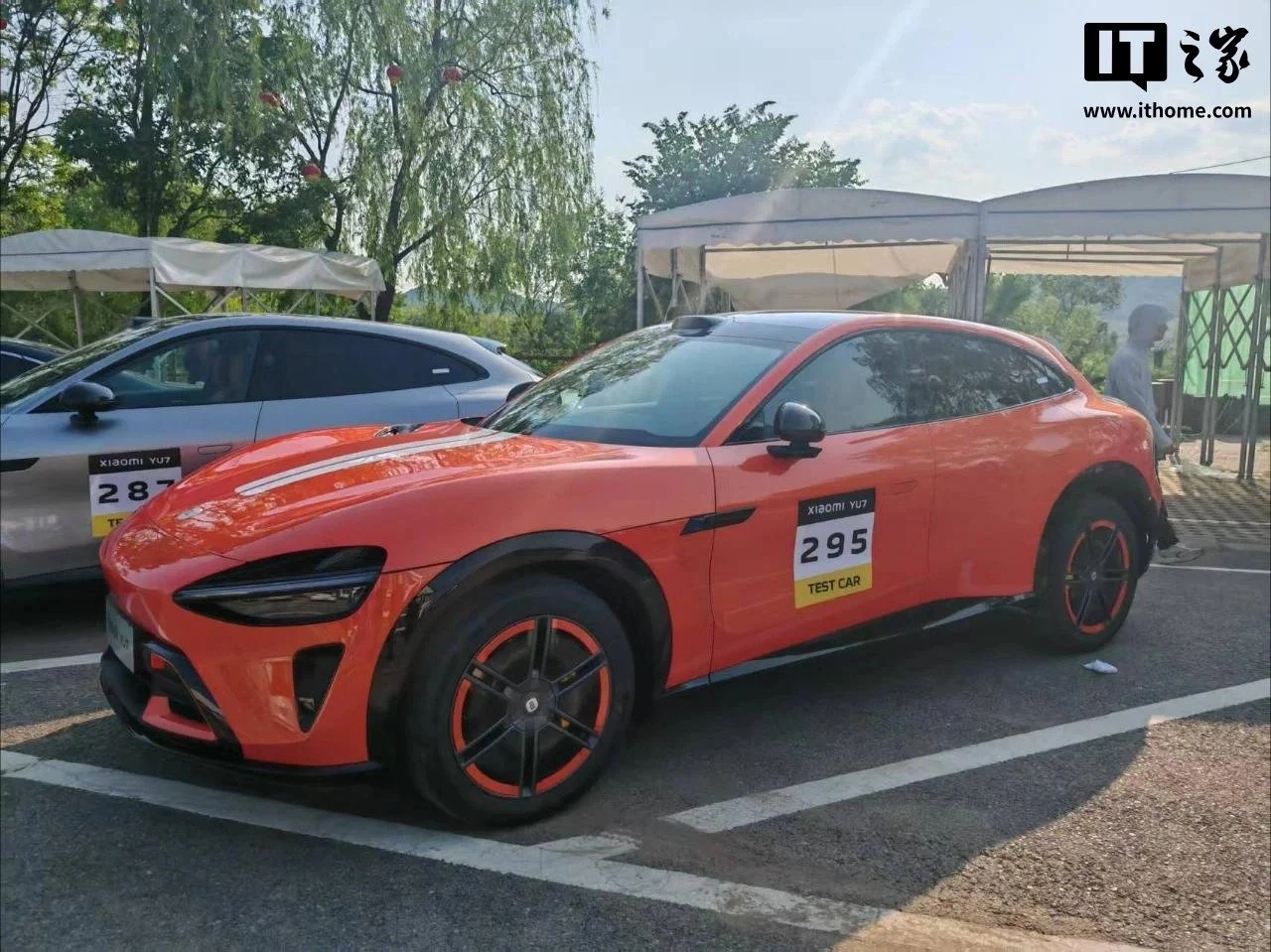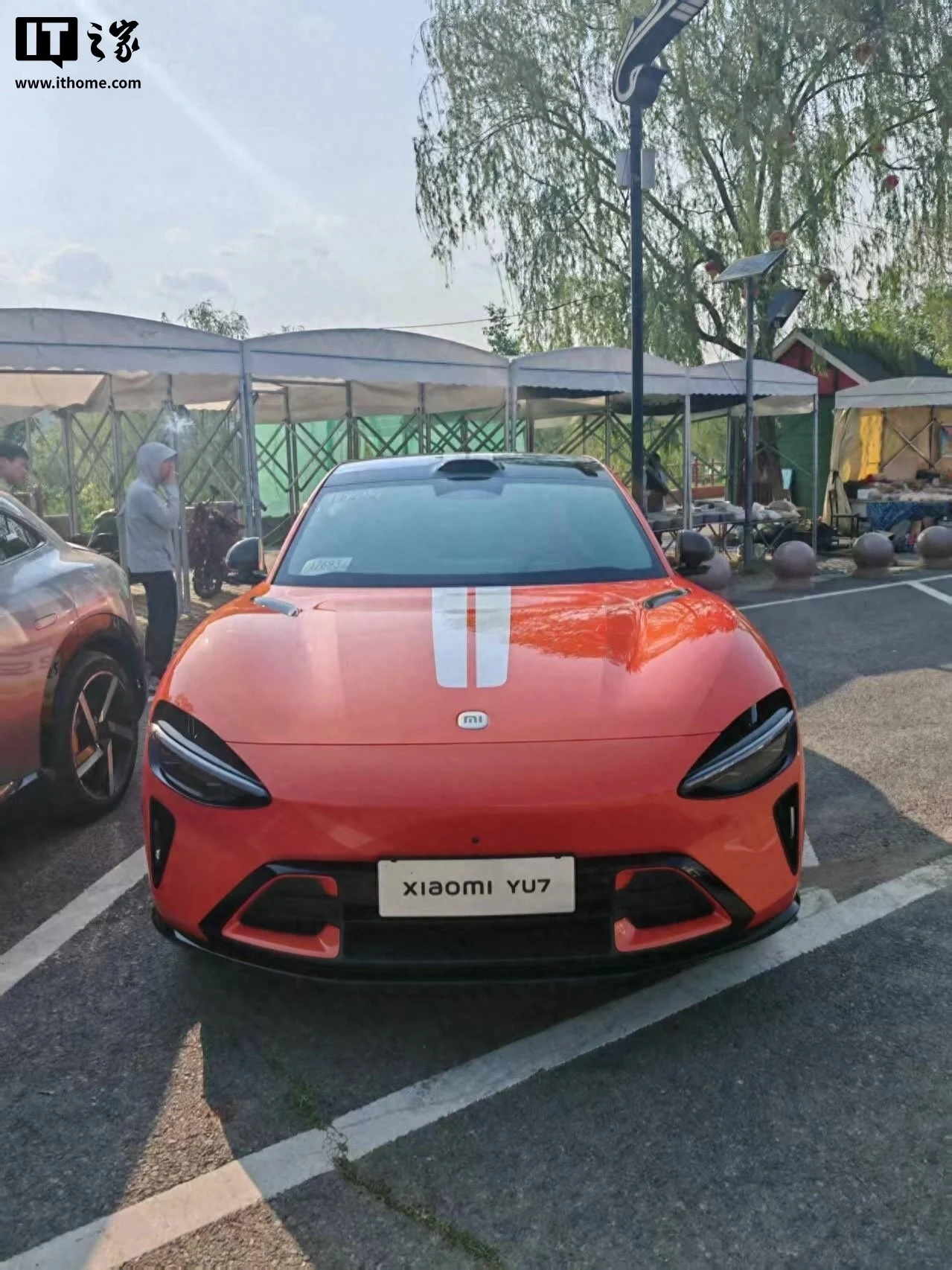Key Takeaways
1. Tesla will launch its first robotaxi service in Austin on June 12, allowing rides in fully autonomous vehicles without drivers.
2. The new Model Y has completed initial journeys with fully autonomous driving (FSD) activated, but public access starts on June 12.
3. The robotaxi feature will be available in the Tesla app, with pricing details to be announced at launch, potentially offering lower fares than competitors due to the absence of drivers.
4. If testing continues to be accident-free, Tesla plans to expand its robotaxi service to more cities later this year.
5. By 2026, Tesla will allow vehicle owners to rent their cars to the robotaxi fleet, with Tesla taking a commission similar to ride-sharing companies like Uber.
People in Austin, as well as visitors arriving after June 12, will have the chance to try out the first Tesla robotaxi service, which has been in development for several years. These won’t just be test drives; the vehicles that Tesla will put on the streets will be operating without drivers.
The Model Y’s First Steps
Elon Musk has confirmed that the new Model Y has successfully completed its initial journeys with fully autonomous driving (FSD) activated, with a Tesla staff member onboard in Austin. However, the public will have to wait until June 12 to use the Tesla robotaxi ride-share feature.
Testing the Driverless Experience
When asked if visitors to Austin could summon and experience a driverless Model Y using unsupervised FSD, Musk answered positively. The robotaxi option will be available in the Tesla app once the service launches, and that’s when the pricing for rides will be revealed.
It’s still unclear how the pricing of Tesla’s robotaxi services will stack up against competitors like Uber and Lyft. However, since there will be no driver and only around ten Model Y pilot vehicles owned and operated by Tesla, it is likely the fares will be lower.
Future Expansion Plans
Musk noted that the recent days of testing a driverless Model Y in Austin have been accident-free, and if everything continues smoothly, Tesla intends to broaden its robotaxi service to additional cities later this year. By 2026, the platform will be accessible to vehicle owners who wish to rent out their cars to the robotaxi fleet for various durations in order to earn money, with Tesla taking a cut similar to Uber’s model.
In June, Tesla is also set to make its first driverless delivery of a brand-new Model Y directly from the factory to its owner, as shared by Elon. This delivery will likely occur in Austin again, since Texas has relatively lenient regulations concerning self-driving vehicles compared to those that have a human driver.
Source:
Link
